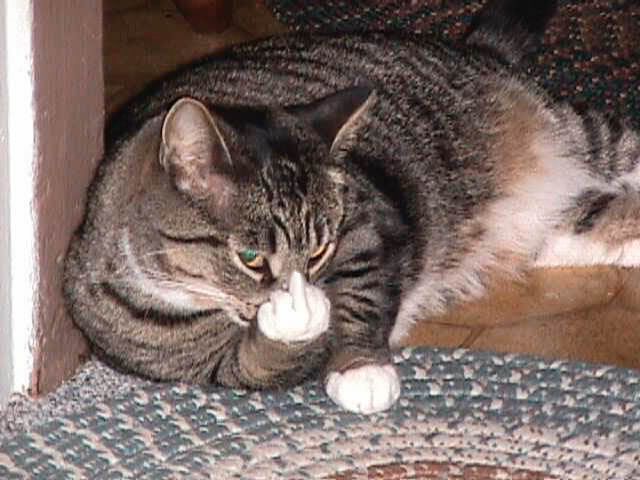
View across the Outer Harbour of Stornoway
Thursday, 17 September 2009
Blog reading
Gone through my Google Reader, and visited quite a few blogs. For the first time this month in fact. It was like coming home again - yes, I realise I'm repeating myself. Will try to make a routine to read blogs, rather than play inane games on Facebook. I do note that many people have the same problem. It will be exactly a year ago at the end of this month that we were notified of AOL's decision to axe their journals functionality. It's been AOL's loss, but much worse, our loss. Quite a few bloggers have disappeared from the blogging scene, unfortunately. AOL?


Thursday 17 September
A cold day today, with the mercury down at 13C and what is called a thin wind, of the variety that blows straight through you. Not very nice.
TV channel BBC4 has been showing a documentary about the present state of the Harris Tweed industry in these islands. I was asked to comment on this, something that I am a bit reluctant to do, knowing more about the history of the industry than I can post on an open internet blog. The documentary gave a factual account of the dire straights that the Clo Mor is finding itself in. I'll try to summarise in a few lines.
Harris Tweed is a trademarked product. Only cloth that has been handwoven and produced in the Outer Hebrides can be called Harris Tweed. Wool is turned into weaving yarn by a factory, who then delivers the bobbins with yarn to the weavers. These are commonly crofters, who have a weaving loom set up around their home. In amongst the one thousand and one other jobs, they'll weave the yarn into the tweed that the factory has ordered. Said mill will then collect the finished tweed and process it into cloth that can be turned into whatever final product is required.
Until the beginning of this year, there were 3 mills in the islands, based in Stornoway, Shawbost and Carloway. The Stornoway mill had been taken over by a Yorkshire textile magnate, Brian Haggas, who wanted to reduce the number of tweed patterns from 8,000+ to 4. Yes, four. After the weavers had finished weaving the tweeds, 70,000 jackets were made and put into storage. Where they lie to this day. As there is no demand for production of more jackets, the Stornoway mill was mothballed in March. Harris Tweed, in its thousands of different guises, remains in demand, demand that the much smaller mills in Shawbost and Carloway (covering 20% of islandwide production capacity pre-closure-of-Stornoway) are struggling to meet.
Unless the Stornoway mill comes back into operation, the glory days of Harris Tweed are over. Nike shoes, Alfa Romeo carseat covers and funny dolls will not generate the work that used to exist for the weavers.
TV channel BBC4 has been showing a documentary about the present state of the Harris Tweed industry in these islands. I was asked to comment on this, something that I am a bit reluctant to do, knowing more about the history of the industry than I can post on an open internet blog. The documentary gave a factual account of the dire straights that the Clo Mor is finding itself in. I'll try to summarise in a few lines.
Harris Tweed is a trademarked product. Only cloth that has been handwoven and produced in the Outer Hebrides can be called Harris Tweed. Wool is turned into weaving yarn by a factory, who then delivers the bobbins with yarn to the weavers. These are commonly crofters, who have a weaving loom set up around their home. In amongst the one thousand and one other jobs, they'll weave the yarn into the tweed that the factory has ordered. Said mill will then collect the finished tweed and process it into cloth that can be turned into whatever final product is required.
Until the beginning of this year, there were 3 mills in the islands, based in Stornoway, Shawbost and Carloway. The Stornoway mill had been taken over by a Yorkshire textile magnate, Brian Haggas, who wanted to reduce the number of tweed patterns from 8,000+ to 4. Yes, four. After the weavers had finished weaving the tweeds, 70,000 jackets were made and put into storage. Where they lie to this day. As there is no demand for production of more jackets, the Stornoway mill was mothballed in March. Harris Tweed, in its thousands of different guises, remains in demand, demand that the much smaller mills in Shawbost and Carloway (covering 20% of islandwide production capacity pre-closure-of-Stornoway) are struggling to meet.
Unless the Stornoway mill comes back into operation, the glory days of Harris Tweed are over. Nike shoes, Alfa Romeo carseat covers and funny dolls will not generate the work that used to exist for the weavers.
Subscribe to:
Comments (Atom)